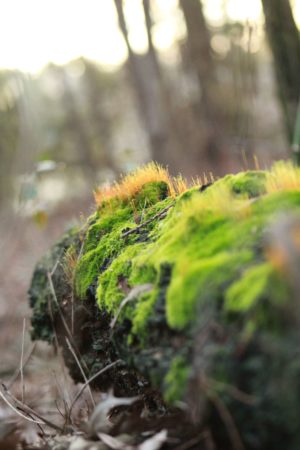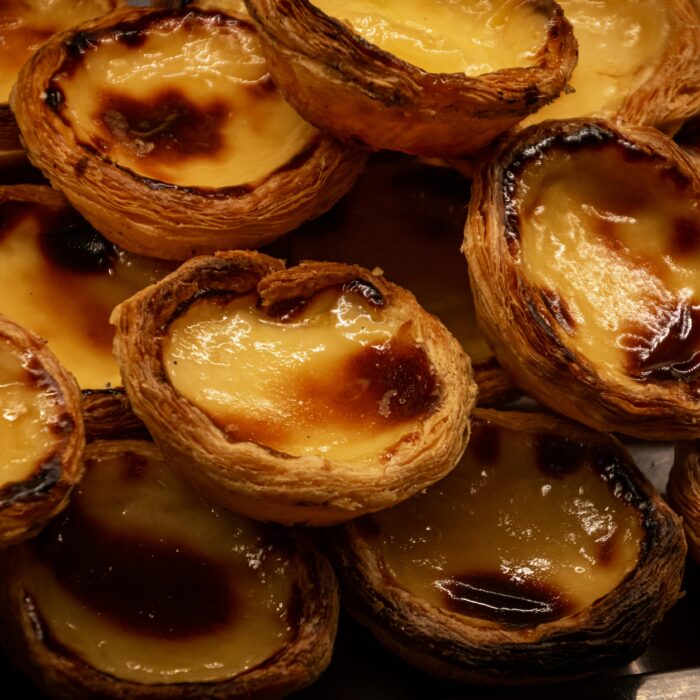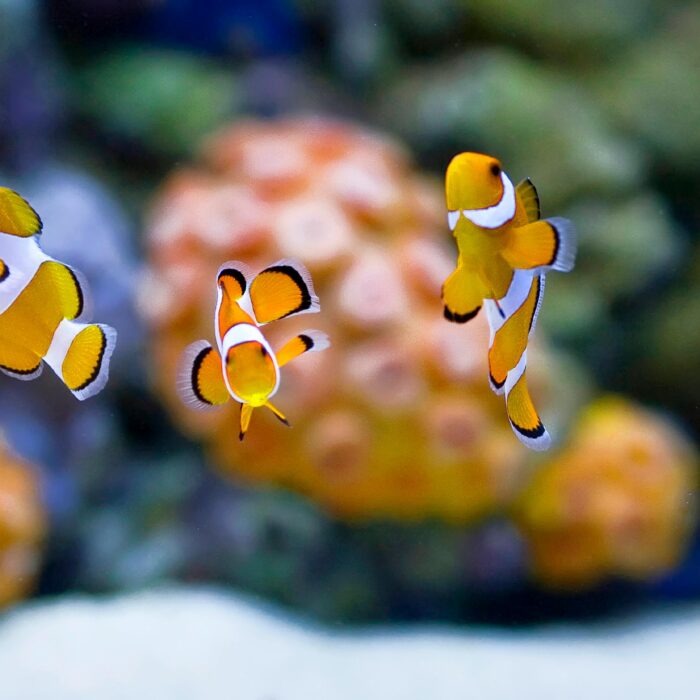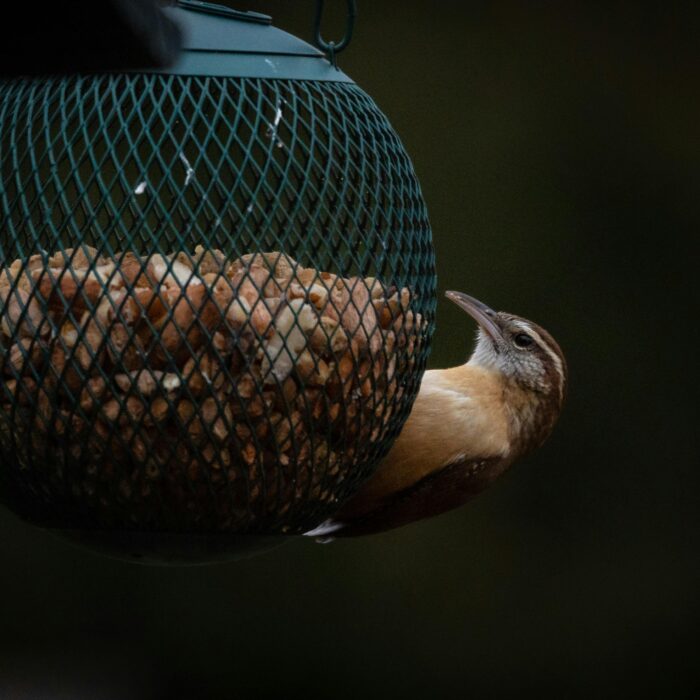You have no items in your cart. Want to get some nice things?
Go shopping
My Texas pine trees make the world so small. They only die in pieces; that’s what evergreen means: to lose one needle at a time, while spindly replacements brush green against heaven. When my little sister and I played among the pine trees, wind from the Gulf Coast (so, so far away, from the land where Dad was a child and Mama went to college) feathered through the needles and made them whisper. Sometimes, it sounded like our mother: “Be safe. Keep the house in sight,” but other times, especially as we got older, it sounded like new teachers (they came from the private school and taught us to comb our hair and take notes): “Life’s an adventure. Test your limits.” We loved our mother like we loved our shiny textbook covers, which bore our names etched with Sharpie or graphite, so we compromised: We imagined an adventure not too far from the house, where we could tilt our heads the right way and see a thin, white sliver of home.
Mama hated looking back at old photographs and seeing our wild hair. “Did I never comb it for you?” she asked in frustration. We, grown, shrugged; I only remembered Nana tugging tangles out of my sensitive scalp and, the morning before prom, teachers curling my hair at the state essay competition.
There came a point when Mama could no longer teach us the math she relearned herself or English from a borrowed textbook. So we were made to attend a prestigious Christian private school; she went to work early each morning to pay. How did it feel for her, those first few weeks, when we came home exhausted from lugging our textbooks but triumphant, babbling about the Latin teacher with yellow eyes or how fascinating we found Texas history?
Fuelled by our new environment, my little sister and I wanted to create something better than math problems or the cookies our mother tried to bake with us. We wanted an adventure. So we built fairy tales, our own languages, and royal lineages that extinguished themselves in us because we belonged only to the pine trees and the yellow-spotted silkworms that Mama lit on fire once, when they tried to web her cherry tree. They writhed and flung themselves against their own silk to escape the flames, with no luck. We thought we could hear their screaming, but Mama said it was just the moisture in the silk, being released by the heat.
The silkworms, along with their fellows the termites and the pine beetles, were not the only pests in the forest. My sister and I learned, in class or conversation, that pine is a soft wood. The bark scales layer to protect the heart from insects or infection. With the very dirty fingernails of fate, I relieved scales of their duty and signed my name to the death I ensured — a shaky, capital E is easy to press into pine skin. This was the beginning.
My sister and I made good use of dead trees. We were scavenger-children. We built The Hut out of twigs and vines and castaway pine bark.
The Hut was small; it was not really a hut, but a collection of brambles and branches under which we squatted to escape the house where homework and chores awaited.
Our Great Hall was interwoven twigs tied with Dr. Seuss vines from the yard — little pink Pom Pom flowers we snipped off, but the frond leaves, which closed tightly under human touch as if they knew to be afraid of us, we let remain to shrivel into brownness like the rest of everything. We plugged holes in our perforated infrastructure with moss, leaves, pine bark, and other remains: if our mother had not warned us about leprosy, we would have used the roadkill the dogs dragged into the front yard. Armadillo scales make better roof tiles than even pine bark. But our Hut was birthed solely from the once-green things, and the worst punishments we incurred upon ourselves were poison ivy and an occasional briar scratch. If a tree had termites, we left it to rot where it fell. The creatures would swarm our hands, prickling soft skin in search of hard bark, and we were not planning to be eaten.
Pine trees, though soft and susceptible as a human heart, are strong. We only killed saplings at worst. But there are those forces stronger than children that can make even decades-old trees fall.
There was one massive trunk that stayed standing, dead in its tracks, for years, though its roots had withered long ago. It was heat that killed it; a terrible drought sucked the green from the pine needles and left the tree brittle and parched. All the bark sloughed off its haunches until the tree became a single, stark white obelisk marking a part of the forest where we dared not trespass. Pines can live to be 1,000 years old, if they’re not in a 2008 East Texas backyard. I do not know how old our tree was, before the end.
The great white pine fell to a storm when I was lying in bed (not asleep) listening to the lightning rattle the picture frames and trying not to recall the weatherman who’d visited our school and told us tales of lightning climbing through windows and pipes. When the thunderous fall resounded, I squeezed my eyes shut and let myself pretend I was safe.
After the storm, my sister and I went to assess the damage. A ragged stump survived; all else of the great white heart had crumbled to skeletal remains against the earth. In the soggy pine needles we’d dared to finally violate, we balanced booted feet on the ruins and knew we’d never really been far enough. We retreated to the house, where, to our disappointment, Mama had not had time to make cookies.

Emma Hill
Emma Hill is an undergraduate student at Stephen F. Austin State University in Nacogdoches, TX. She writes in the mornings, thanks to advice from John Mulaney, which is such an extensive story to tell that she’d rather get it published than explain here. She has been published in multiple literary journals, and, along with her peanut-butter-colored cat and husband, she lives in utter, wonderful chaos,.




